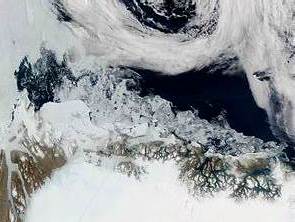 New article making the MSM news rounds, now 12 foot thick sea ice around Greenland in summer is "normal" and because there is is much more ice than predicted its because of shifting winds, not cooling Atlantic water temperatures or the water pulse of cooler water under the ice. No mention of underwater volcanoes in the same areas that "the ice shifted" right at the Mid-Atlantic Ridge.
New article making the MSM news rounds, now 12 foot thick sea ice around Greenland in summer is "normal" and because there is is much more ice than predicted its because of shifting winds, not cooling Atlantic water temperatures or the water pulse of cooler water under the ice. No mention of underwater volcanoes in the same areas that "the ice shifted" right at the Mid-Atlantic Ridge.
Global Sea Ice Narrative Changes Now "Summer Sea Ice is Normal"
You knew it was going to come, mainstream media would have to switch the narrative from “Global Warming” to Global Cooling admitting the Grand Solar Minimum, and I am trying to figure out how corporate is going to do it. Here's another example of the bread crumb is being dropped in front of you, Guardian – Arctic's Strongest Sea Ice Breaks Up for the First Time on Record, yet the very next statement, Usually Frozen Waters Open up Twice This Year in the Phenomenon, okay could be first, could be second. Now see what corporate media is showing here, the narrative before was “all the sea ice is melting, we're going down to less than a million square kilometers, and it's going to be a sea ice-free Arctic”. Now look at this shift, “Waters north of Greenland are Normally Frozen Even in the Summer”. Last year or two years ago, you would have never heard this statement from corporate media, they're now trying to now shift the narrative to explain more sea ice growth.

It's not about the coverage amount anymore, it's about strange winds blowing ice away from some shoreline. Only 50 to 70 miles wide by a couple hundred miles long, it is such a sliver of what's happening in the Arctic that I can't even believe that corporate media is focusing on this. (ABOVE) I even highlighted in yellow, the ice is being pushed away from the coast by winds, it's not the gaining sea ice or the seventh / eighth least amount of ice in the melt season this year, contrary to what we were told. We were fed that Arctic Sea Ice totals will go lower and lower and lower and we'd come down to less than a million square kilometers, but the Arctic just gained an enormous amount of ice this year. What's funny is even in that first paragraph: Walt Meier, from the US National Snow and Ice Data Center otherwise known as NSIDC, says on average it's over 4 meters thick and can be piled up on ridges as high as 20 meters thick (60 feet). Wait a second, like I said two years ago you never would have heard main stream media claiming four meter thick ice in the summer, in the Arctic impossible, impossible, yeah right good switch on that one.

Anyway in the article, they do have some links out to some Twitter feeds showing you the animations, they're using the Sentinel Satellites.


They're trying to prove that the winds are strange and this ice is doing something strange.
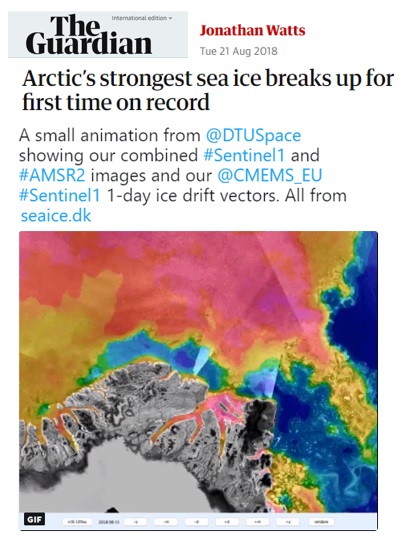
Full ice coverage, the winds have moved a couple hundred miles of ice along Greenland’s coastline. Let's put them side-by-side to really see what they're trying to show you in this “scare article”. The whole time in the article the authors are talking about Ice vectors, readings of the ice and which direction it's moving a vector.
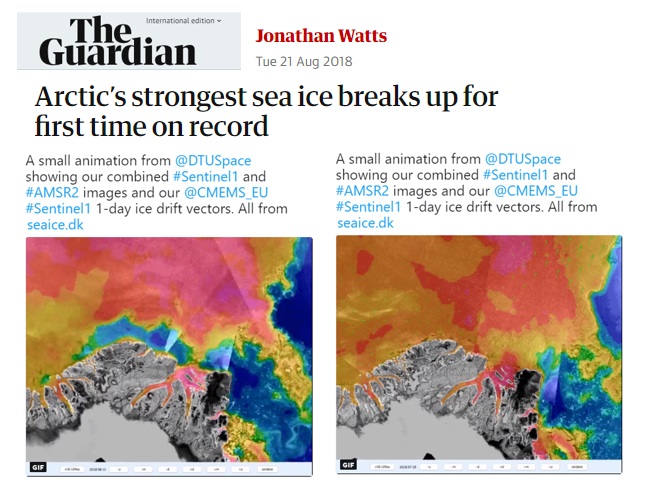
Wideout on the map, because I really want you to get a glimpse of this. They're trying to blow completely out of proportion, like this little tiny sliver of the northern coast of Greenland is somehow proving the entire Arctic Circle from 70 North to the North Pole that you can barely even see registering on this full ice map. Speaking of which I want to take a look at August 20th 2018, notice how much green there is, where the extent of the purple is, the depths = colors, so the green is still two and a half to three meters which is almost 9 feet thick, yellow is approximately 12 feet thick. Remember just a rough estimate for those of you in the States, 3 feet is a meter, I know it's not exact but it's close, we can just get an easy baseline on that.
If you look at the Arctic Sea Ice Volume chart on the right, that black line is this year, corporate media needs to explain why we're so far above all these other years when they keep telling us it's going to go into all-time melt, but it hasn't it's reversed, it's actually flipped into gains. Keep your eye on how much green and yellow there is in the center, that's the thicker ice, Purple's the thinnest of the ice.
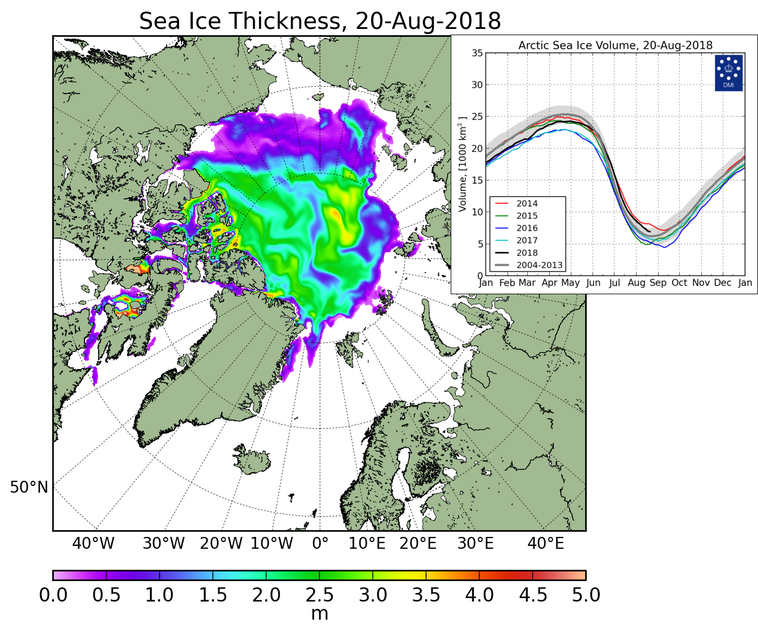
I'm going to bring you over here to last year's 22nd of August 2017, notice how much green there is over the North Pole, with that yellow that was not there last year. The density along the Greenland coast as well as the Canadian Coast heavier last year, notice where the ice had shifted right back up to the North Pole area.
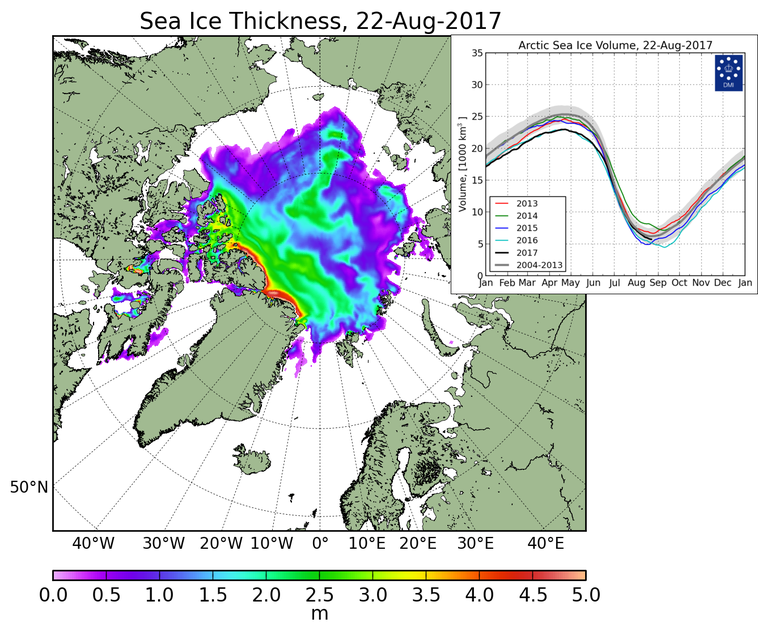
When I saw this area in northern Greenland, I thought I just did a video on the hot spots up there in the Arctic. Anomalous hotspots where the waters 19-20 degrees Celsius in the Arctic Circle, those are underwater volcanoes erupting.
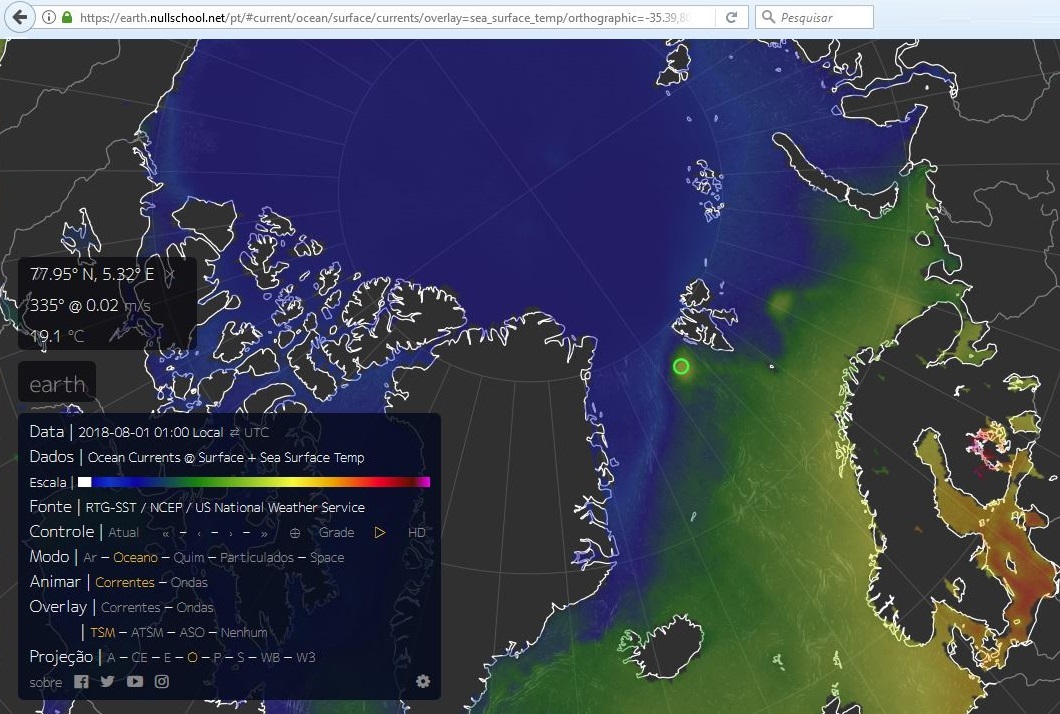
There are two prolific spots showing at the moment off Svalbard and that area on the map that they're referencing in The Guardian article to the west where Greenland is. Top right on that edge is where this ice article’s location is, it's really close to where these volcanoes are erupting underwater.
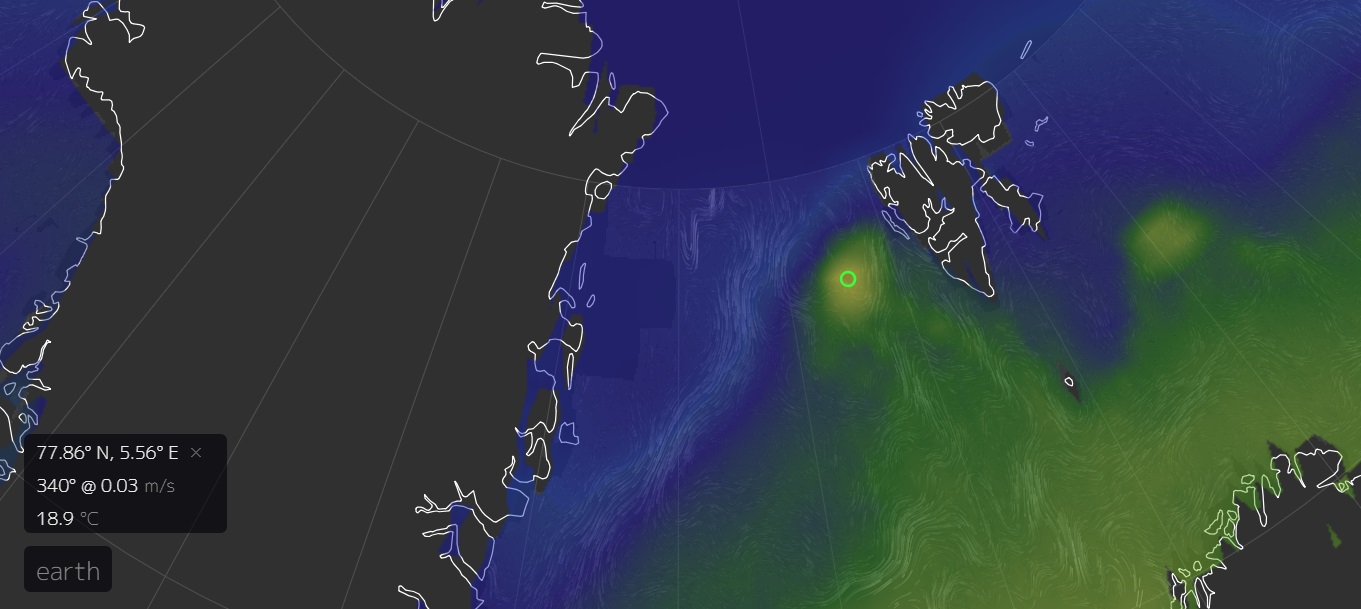
Interestingly when you look at the Mid-Atlantic Ridge where it dog legs off and goes left, that's exactly where the ice losses are they're referencing this Guardian article. They don't dare talk about these underwater volcanoes that could be the catalyst for the ice melt. Has to be wind, couldn't be anything else. You see how many volcanoes are awakening globally, the number of earthquakes. If that Mid-Atlantic Ridge starts to go off underwater, and there are several volcanoes, what do you think it's going to do to the water temperature?
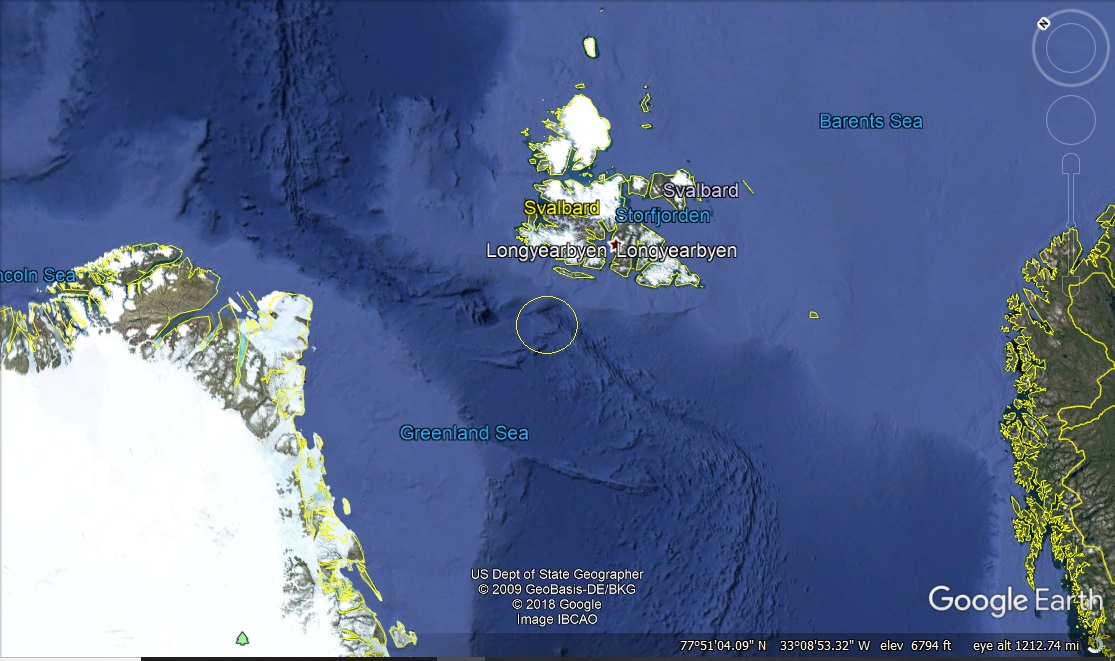
Even in the Guardian article they had to reference how the Arctic is above any of the least melt years, they're switching the narrative in front of your eyes.

Take a look here so far 5.7 million square kilometers or 2.2 million square miles. Melt season ends in about two weeks or less, see where we go when we start to gain ice again.
PDF of this Article Global Sea Ice Narrative Changes Now "Summer Sea Ice is Normal"
FULL VIDEO Global Sea Ice Narrative Changes Now "Summer Sea Ice is Normal"
Join ADAPT 2030 NEWSLETTER https://www.oilseedcrops.org
***Mini Ice Age Conversations Podcast***
- iTunes: https://itunes.apple.com/us/podcast/adapt2030
- Soundcloud: https://soundcloud.com/adapt-2030
- Libsyn: http://adapt2030.libsyn.com/
- BitChute: https://www.bitchute.com/hashtag/adapt2030
- Brighteon: https://www.brighteon.com/channel/adapt2030
- YouTube: https://www.youtube.com/user/MyanmarLiving
- Keep ADAPT 2030 independent: paypal.me/adapt2030
- Patreon: https://www.patreon.com/adapt2030
- Steemit: https://steemit.com/@adapt2030
- Medium: https://medium.com/@globalcooling
- FB: https://www.facebook.com/Miniiceage
- Twitter: https://twitter.com/adapt2030
- GAB: https://gab.ai/adapt2030
- Revolution Radio: Studio A – Thursday Nights – 10 PM to Midnight E.S.T. http://www.Freedomslips.com
- Content Created & Produced by David DuByne https://www.oilseedcrops.org
